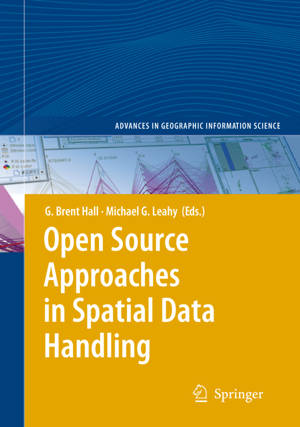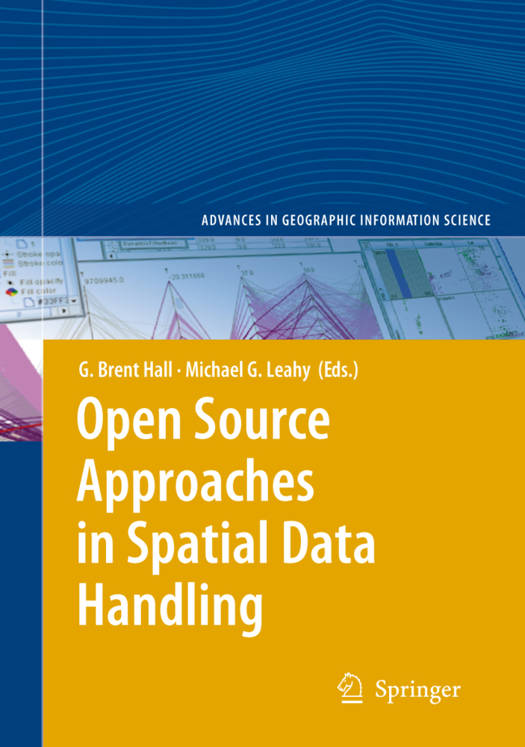
Door een staking bij bpost kan je online bestelling op dit moment iets langer onderweg zijn dan voorzien. Dringend iets nodig? Onze winkels ontvangen jou met open armen!
- Afhalen na 1 uur in een winkel met voorraad
- Gratis thuislevering in België vanaf € 30
- Ruim aanbod met 7 miljoen producten
Door een staking bij bpost kan je online bestelling op dit moment iets langer onderweg zijn dan voorzien. Dringend iets nodig? Onze winkels ontvangen jou met open armen!
- Afhalen na 1 uur in een winkel met voorraad
- Gratis thuislevering in België vanaf € 30
- Ruim aanbod met 7 miljoen producten
Zoeken
Open Source Approaches in Spatial Data Handling
€ 158,45
+ 316 punten
Omschrijving
During the last several years there has been a signi?cant coalescence of interest in Open Source Geospatial (OSG) or, as it is also known and referred to in this book, Free and Open Source for Geospatial (FOSS4G) software technology. This interest has served to fan embers from pre-existing FOSS4G efforts, that were - cused on both standalone desktop geographic information systems (GIS), such as GRASS, libraries of geospatial utilities, such as GDAL, and Web-based mapping applications, such as MapServer. The impetus for the coalescence of disparate and th independent project-based efforts was the formal incorporation on February 27, 2006 of a non-pro't organization known as the Open Source Geospatial Foun- tion (OSGeo). Full details concerning the foundation, including its mission sta- ment, goals, evolving governance structure, approved projects, Board of Directors, journal, and much other useful information are available through the Foundation's website (http: //www. osgeo. org). This book is not about OSGeo, yet it is dif?cult to produce a text on FOSS4G - proaches to spatial data handling without, in some way or another, encountering the activities and personalities of OSGeo. Of the current books published on this topic the majority are written by authors with very close connections to OSGeo. For - ample, Tyler Mitchell who is the Executive Director of the Foundation, is author of one of the ?rst books on FOSS4G approaches ('Web Mapping Illustrated' (2005)).
Specificaties
Betrokkenen
- Uitgeverij:
Inhoud
- Aantal bladzijden:
- 278
- Taal:
- Engels
- Reeks:
Eigenschappen
- Productcode (EAN):
- 9783540748304
- Verschijningsdatum:
- 26/09/2008
- Uitvoering:
- Hardcover
- Formaat:
- Genaaid
- Afmetingen:
- 157 mm x 236 mm
- Gewicht:
- 544 g

Alleen bij Standaard Boekhandel
+ 316 punten op je klantenkaart van Standaard Boekhandel
Beoordelingen
We publiceren alleen reviews die voldoen aan de voorwaarden voor reviews. Bekijk onze voorwaarden voor reviews.










